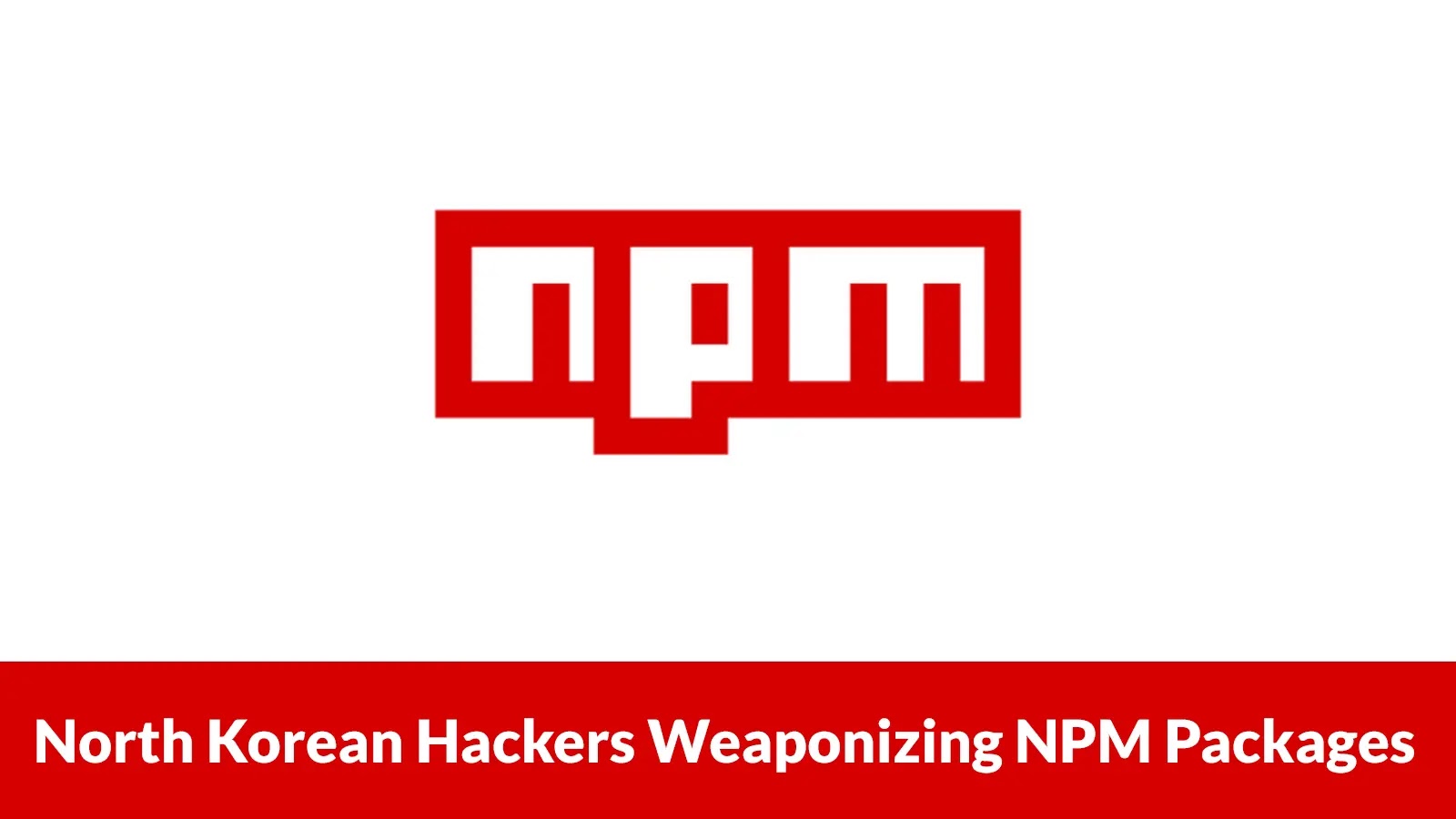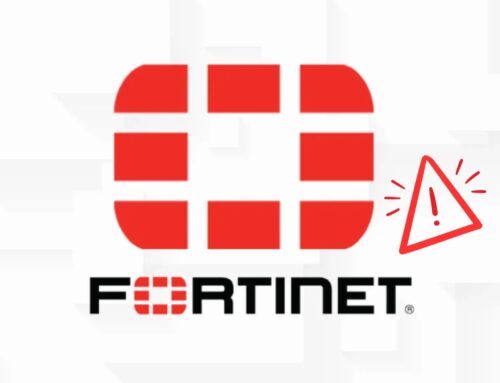
North Korean Hackers Weaponizing NPM Packages to Steal Cryptocurrency and Sensitive Data
North Korean APTs Weaponize NPM Packages in Renewed Crypto Theft Campaign
The digital frontier continues to be a battleground, and a recent resurgence of a sophisticated North Korean cryptocurrency theft campaign highlights an alarming escalation in supply chain attacks. Threat actors are now weaponizing twelve malicious NPM packages to target developers, aiming to steal digital assets and sensitive data. This campaign represents a significant shift in tactics, exploiting the inherent trust developers place in open-source package repositories.
The Escalating Threat of Supply Chain Attacks
Supply chain attacks have become a critical concern for cybersecurity professionals. Unlike direct attacks on an organization’s infrastructure, these attacks compromise a trusted third-party component, such as a software library or a development tool. By injecting malicious code into widely used NPM packages, North Korean advanced persistent threat (APT) groups can achieve broad reach, compromising numerous development environments and, consequently, the applications built using those compromised packages.
This particular campaign demonstrates the cunning evolution of these tactics. Developers, often under pressure to deliver quickly, frequently integrate open-source packages without rigorous security vetting. This vulnerability is precisely what the attackers are exploiting, turning a valuable resource for innovation into a conduit for sophisticated malware. The focus on NPM packages is particularly insidious given their pervasive use in modern web and application development.
Modus Operandi: Weaponizing Open-Source Trust
The core of this attack vector lies in the malicious modifications or complete fabrication of NPM packages. These packages, once downloaded and integrated into a developer’s project, unleash advanced malware designed for cross-platform data exfiltration. The malware is tailored to steal cryptocurrency, but its capabilities extend to pilfering sensitive information, intellectual property, and credentials. The attackers are leveraging their understanding of development workflows to maximize their chances of success.
The campaign’s sophistication is evident in its stealth and persistence. The malicious code is often obfuscated, making detection difficult. Furthermore, the malware is designed to establish persistence on compromised systems, allowing continuous data theft and potential further exploitation. This isn’t merely about opportunistic theft; it’s a strategically executed, long-term operation to fund illicit activities.
Cross-Platform Data Exfiltration Capabilities
A notable feature of this renewed campaign is the malware’s ability to exfiltrate data across various operating systems. This cross-platform capability underscores the attackers’ robust development resources and their intent to broaden their victim pool beyond specific development environments. Whether a developer is working on Windows, macOS, or Linux, their systems are at risk if they incorporate these weaponized packages.
The stolen data includes cryptocurrency wallet keys, private keys, financial records, intellectual property, and potentially even source code. The comprehensive nature of the data exfiltration points to a multi-faceted goal beyond simple cryptocurrency theft, potentially including corporate espionage or future blackmail opportunities.
Remediation Actions and Proactive Defense
Mitigating the threat posed by weaponized NPM packages requires a multi-layered approach, combining stringent security practices with robust tooling.
- Vigilant Package Management: Always scrutinize the NPM packages you integrate. Verify the package publisher, review its public repository (GitHub, GitLab), and check for any unusual activity or recent changes in ownership.
- Dependency Scanning: Implement automatic dependency scanning in your CI/CD pipelines. Tools can identify known vulnerabilities and potentially malicious code in your project’s dependencies.
- Software Bill of Materials (SBOM): Generate and maintain an SBOM for all your projects. This provides a comprehensive list of all components, including third-party libraries, making it easier to track and respond to compromised dependencies.
- Least Privilege Principle: Ensure development environments and build servers operate with the principle of least privilege. Limit network access and execution permissions to only what is absolutely necessary.
- Network Monitoring: Implement robust network monitoring to detect unusual outbound connections or data exfiltration attempts from development workstations and build servers.
- Endpoint Detection and Response (EDR): Deploy EDR solutions on all developer workstations to detect and respond to suspicious process activity, file modifications, and network communications indicative of malware.
- Developer Education: Continuously educate developers on the risks of supply chain attacks and best practices for secure coding and dependency management.
Tools for Detection, Scanning, and Mitigation
| Tool Name | Purpose | Link |
|---|---|---|
| Snyk | Open Source Security & License Management | https://snyk.io |
| Dependabot (GitHub) | Automated Dependency Updates and Vulnerability Alerts | https://github.com/dependabot |
| OWASP Dependency-Check | Analyzes dependencies for known vulnerabilities | https://owasp.org/www-project-dependency-check/ |
| Trivy | Universal Vulnerability Scanner (supports NPM) | https://aquasec.com/products/trivy/ |
| npm audit | Built-in npm vulnerability scanner | https://docs.npmjs.com/cli/v9/commands/npm-audit |
Conclusion: Fortifying the Software Supply Chain
The re-emergence of North Korean APTs weaponizing NPM packages underscores the persistent and evolving threat our digital infrastructure faces. Protecting digital assets and sensitive data requires a proactive, multi-pronged approach to supply chain security. Organizations must prioritize robust security practices, comprehensive dependency management, and continuous vigilance to counter these sophisticated attacks. The integrity of the software supply chain is paramount for the security of all digital endeavors.





